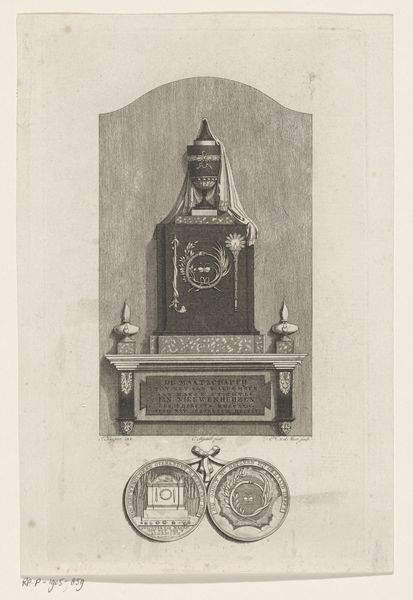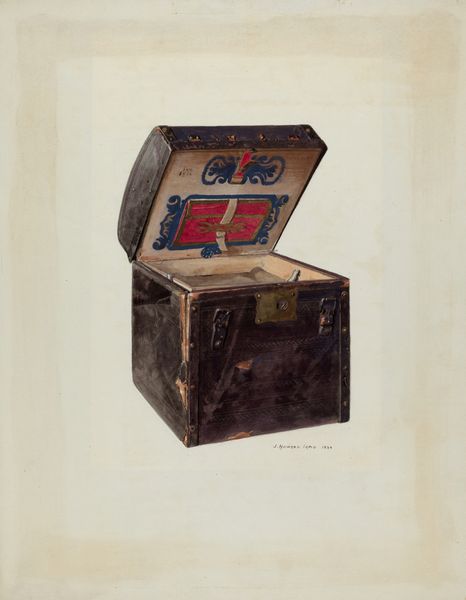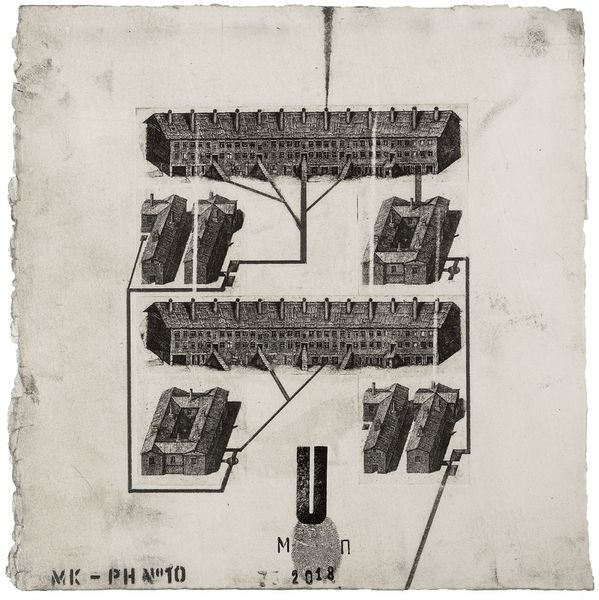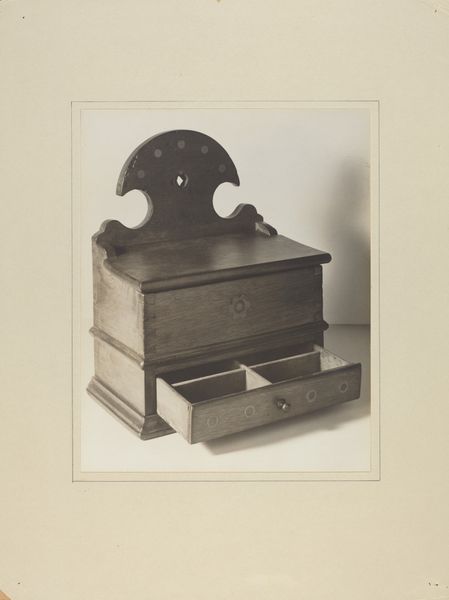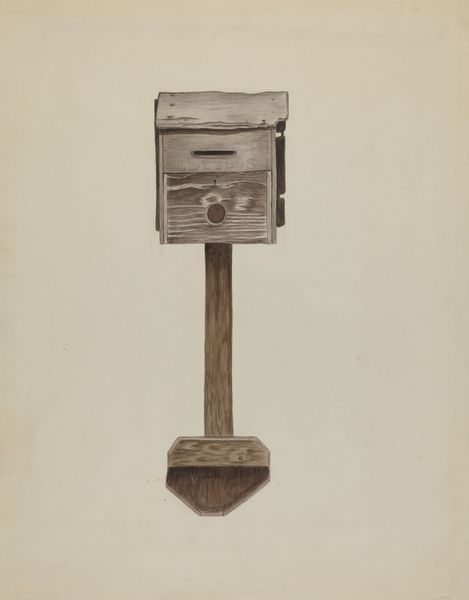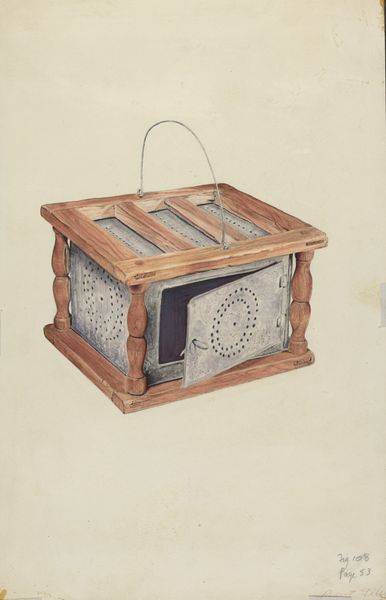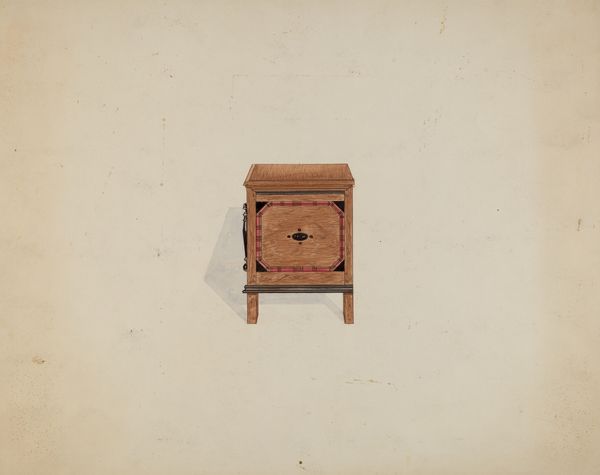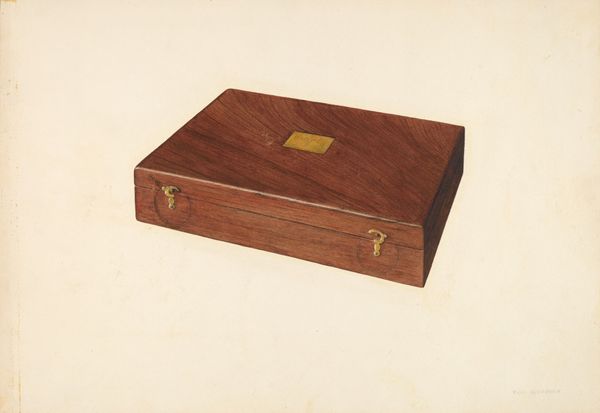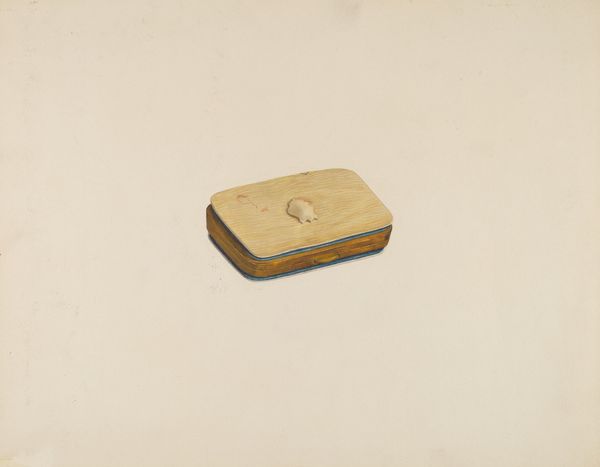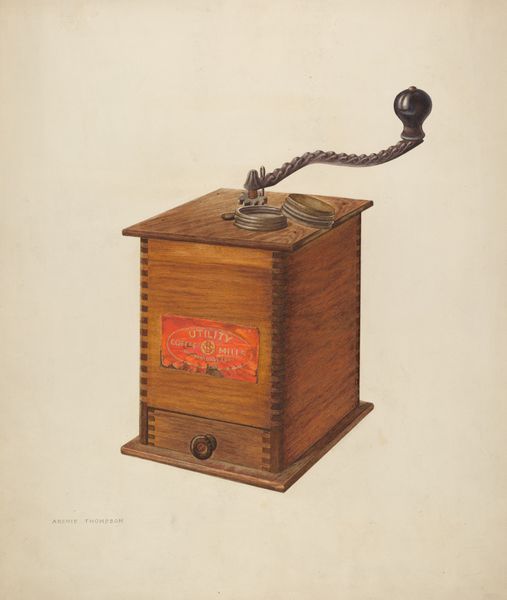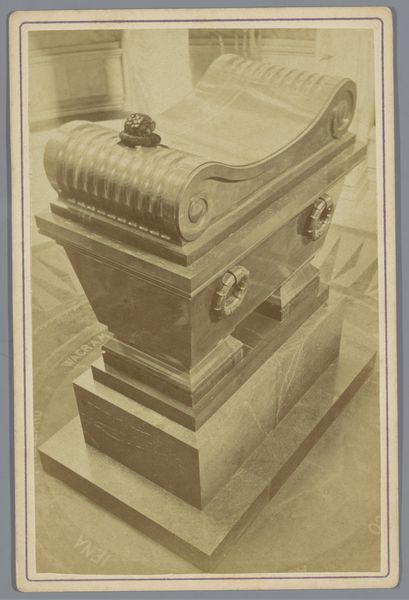
drawing, paper, ink
#
portrait
#
drawing
#
neoclacissism
#
old engraving style
#
paper
#
historical photography
#
ink
#
history-painting
#
academic-art
Dimensions: height 277 mm, width 328 mm
Copyright: Rijks Museum: Open Domain
Curator: Editor: So, here we have an 1849 ink drawing on paper, “Lijkkist van wijlen koning Willem II,” or “Coffin of the Late King William II,” by an anonymous artist. It's incredibly detailed. The precision of the ink work almost makes it look like an engraving. How would you interpret this depiction? Curator: The piece highlights a shift in the means of representing power. While ostensibly a tribute, its medium—ink on paper, easily reproduced—democratizes the image of royal death. It is a clear departure from exclusive, monumental displays. Note the inscription details of battlefields such as “Waterloo”, but also names of cities. Editor: That’s interesting, how this simple reproduction medium still holds importance. The battlefields almost feel more celebratory than somber because they're treated as emblems. Curator: Exactly! And consider the labor involved in producing multiple copies. It points to a whole industry devoted to commemorating, and even commodifying, royal life and death, turning it into a spectacle. What does the reflection underneath suggest? Editor: Good question! It does not look naturalistic... perhaps it is more of an abstract thought? Curator: The reflection underscores the artwork’s artificiality. It’s not just a representation of a coffin but a carefully constructed image meant for circulation and consumption. Editor: I never thought about commemorative drawings this way before. I tend to focus on what is literally represented instead of what lies beyond it. Curator: Precisely! Materiality and its dissemination reshape even how we grieve and memorialize figures of authority. Considering the process of production lets us explore underlying contexts and hidden labor involved in these drawings. Editor: Definitely changes my view on similar historical drawings. It reveals the social context like you said. Thank you! Curator: You're welcome! It is rewarding to discuss the convergence of materiality, social conditions, and deathly themes.
Comments
No comments
Be the first to comment and join the conversation on the ultimate creative platform.
